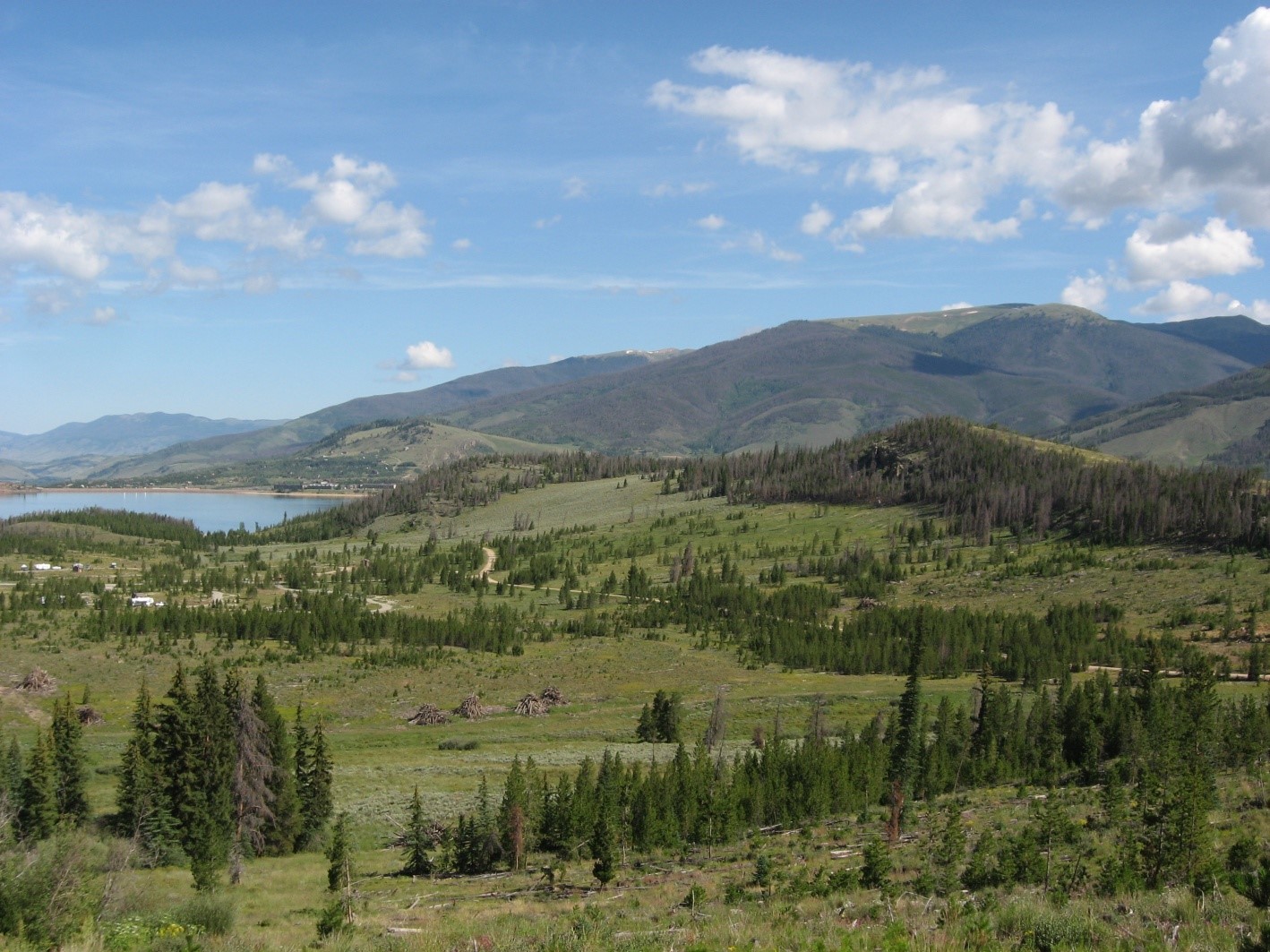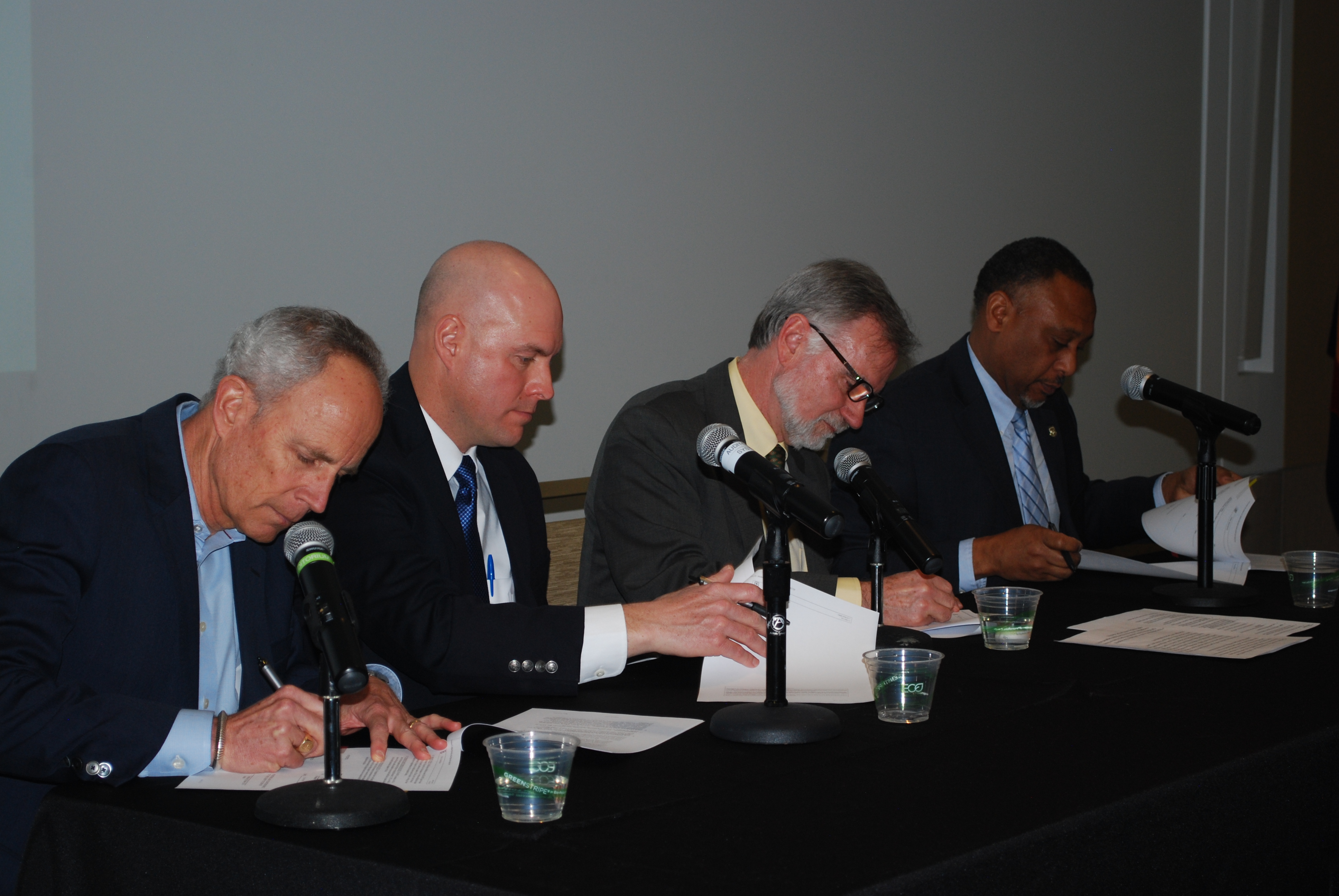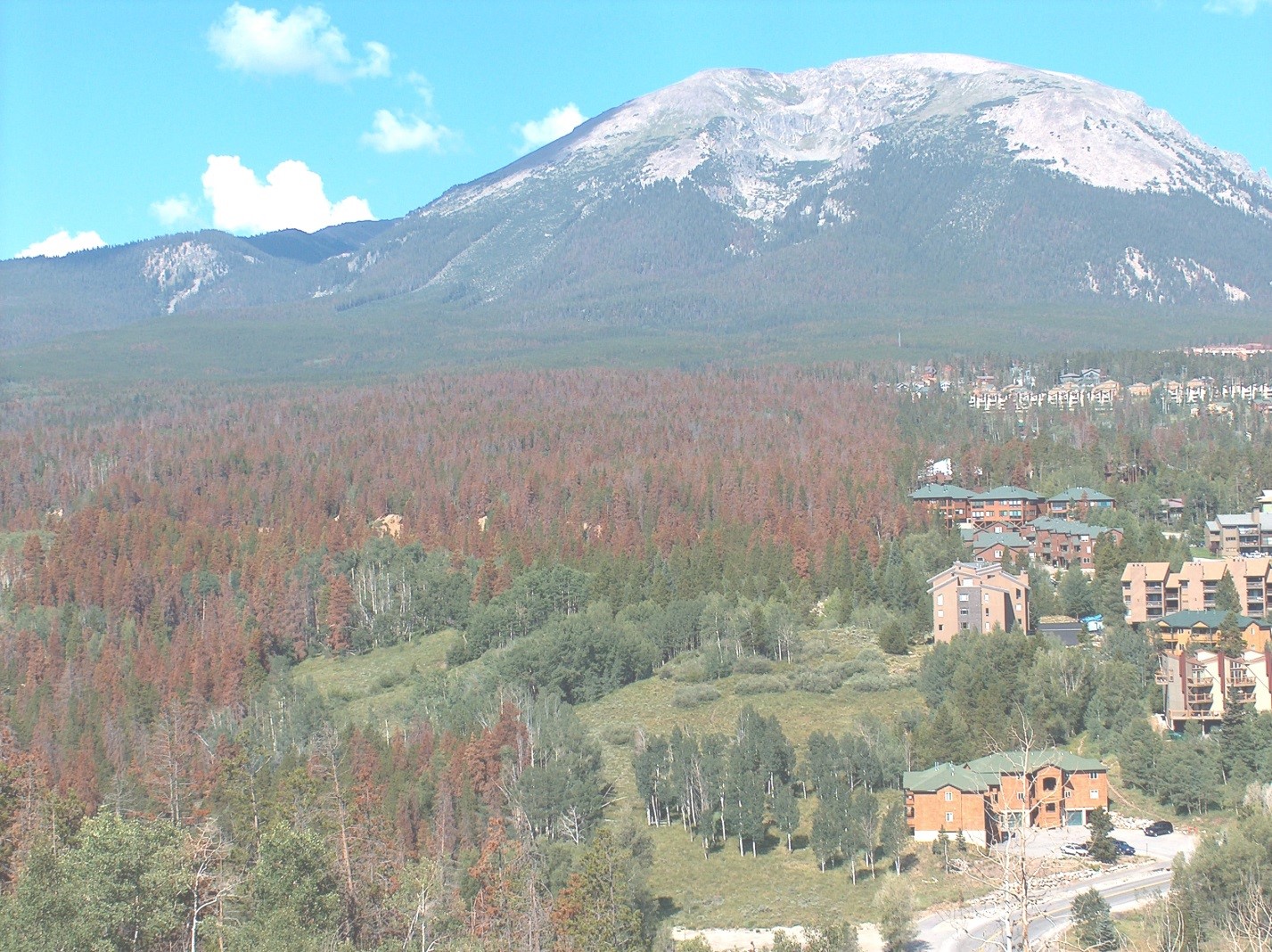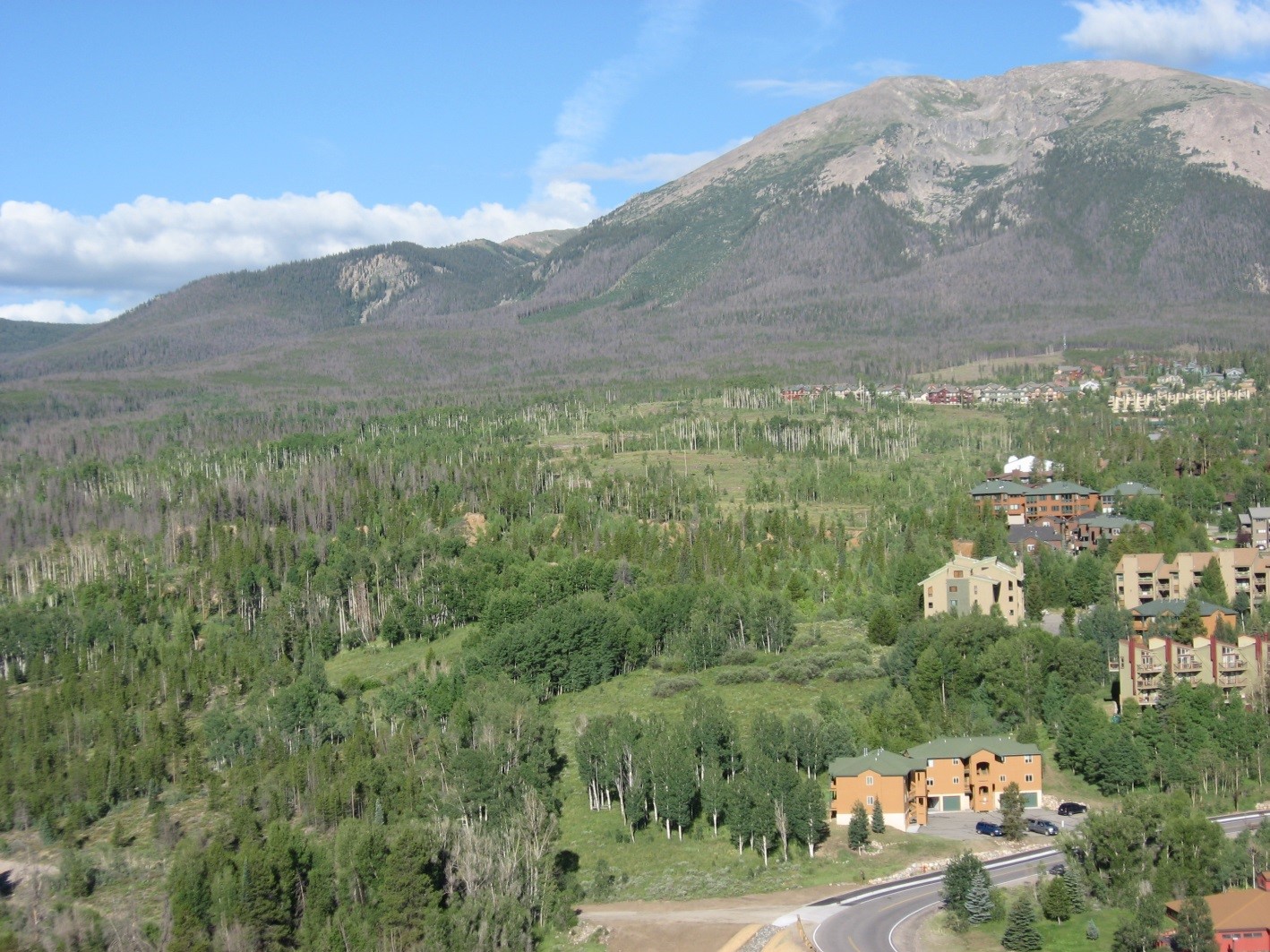
If a tree falls in the forest, does our water suffer?
Think of all the things in life that require a filter. Your car, your furnace, your coffee — even yourself at times.
Your water supply is no different. We know sometimes people put filters on their faucets, but your water has already gone through numerous filters before reaching your home, including one very big natural filter at the water’s source.
That filter is known as a watershed — an area of land that carries water from one waterway to another. Denver Water relies mainly on mountain snowpack for its water supply, and when the snow begins to melt, water flows downhill, passing through forests before ending up in Denver Water’s reservoirs. And keeping those watersheds healthy is critical to maintaining good water quality.
“Catastrophic wildfires like the Buffalo Creek and Hayman fires have devastated our watersheds in the past,” said Christina Burri, a watershed scientist at Denver Water. “Think about what happens to the water running through that land after the fires. There is also a tremendous amount of debris that ends up in our reservoirs.”
That’s why Denver Water is continuing its partnership, called From Forests to Faucets, with the U.S. Forest Service Rocky Mountain Region. In the first five years of the partnership, more than 48,000 acres in Denver Water watersheds have been treated to reduce the risk of catastrophic wildfires.
“Those wildfires were a real wake-up call,” said Brian Ferebee, a regional forester with the USFS. “The impacts to water quality and the restoration efforts afterward caused us all to look upstream at watershed management and make an investment in our natural infrastructure. We’ve been successful so far, but there is more we can do.”
On Feb. 27, 2017, the original partners — along with the Colorado State Forest Service and Natural Resources Conservation Service — signed a renewed five-year, $33 million partnership to allow the restoration work to occur on state and private lands as well.
“Like wildfires, watersheds don’t recognize property boundaries,” said Mike Lester, state forester and director of the Colorado State Forest Service. “That’s why it’s critical that we address forest management not only on federal lands, but also on state and private lands.”
This partnership will focus on forest restoration and wildfire-fuel reduction projects upstream and around many of Denver Water’s reservoirs, with the goal of reducing the risk of catastrophic wildfires near critical water delivery infrastructure.
“We have a responsibility to our customers to provide safe, reliable water,” said Denver Water CEO/Manager Jim Lochhead. “We also have an obligation to be a good steward of our natural resources. By protecting our watersheds, we’re also preserving our water.”




